Review
Higher spec models and new engine in bid to increase lifestyle appeal
Isuzu has updated its D-Max pick-up truck for 2017 and the highlight is a new engine promising lower emissions and improved refinement.
The facelifted truck joins a competitive market which, following strong growth, is predicted to achieve a record 50,000 registrations in 2017.
To compete with big players like the best-selling Ford Ranger and Nissan Navara, Isuzu has upped the standard specification on the D-Max and improved its road holding.
Traditionally the D-Max appealed to more utilitarian customers but with higher spec Yukon and Blade models the brand wants to increase sales in the lifestyle sector.
The core Utility spec model is priced from £15,749 (ex VAT) and gets LED daytime lights, Bluetooth and Hill Descent Control with Hill Assist. It is available in single, extended and double-cab bodies.
At the launch we tested the £24,149 Utah and the range-topping £27,999 Blade Automatic. Both are only available as double-cabs.
Keyless entry, leather seats and sat-nav feature on both while the Blade gets parking sensors, a bigger nine-inch infotainment screen and the choice of a canopy or roller cover.
Inside, the D-Max feels robust and well made. The layout is simple and there are plenty of storage pockets. We were impressed by the seats too, but limited steering column adjustment made it difficult to achieve a comfortable driving position.
All D-Max models use the same 1.9-litre turbodiesel engine which develops 164PS and 360Nm of torque.
It’s quieter than the outgoing 2.4-litre unit but still makes itself known at idle and on the road. Despite downsizing its engine the D-Max can still carry a one tonne payload and tow a 3.5-tonne trailer.
It also uses less fuel than the old model returning up to 45.6mpg (4x2 Utility Single Cab). The top spec Blade Automatic is the least efficient but still returns 36.2mpg and does without the need for AdBlue.
Torque is increased across all six gears thanks to new ratios and the D-Max offers adequate performance with acceleration from 0-60mph taking 12.7 seconds.
The improvements in handling are noticeable but the D-Max still lacks the finesse of more car-like rivals, mainly due to its unresponsive steering.
With an unladen weight of 1,959kg the D-Max is not subjected to commercial vehicle speed restrictions (60mph on dual carriageways and 50mph on single) unlike heavier double cab Toyota Hilux and Ford Ranger models.
It does, however, qualify for commercial vehicle tax status so benefit-in-kind (BIK) tax is fixed for the range at £646 per year for 20% taxpayers and £1,292 for 40% taxpayers. Those taking fuel will pay an additional £122 per year (£244 – 40%).
We tried the D-Max off road where it performed faultlessly. Shift-On-The-Fly 4x4 is a key feature on all but the most basic model. The rotary dial allows the driver to select four-wheel drive on the move and it is also equipped with low range gears.
Key rivals are the Mitsubishi L200 Warrior (£23,549) and the Ford Ranger Limited (£24,991). The L200 is slightly more costly to operate (42ppm) owing to its higher SMR costs, but all three offer identical fuel consumption (40mpg) and similar depreciation of 21ppm.
Verdict: The D-Max is still more rough-and-ready than its rivals, but this mid-life facelift helps it compete with those in the lifestyle sector a bit better. However, with high prices, only the lowest spec models look like good value.
Model tested: 1.9TD Utah
Specs
| Manufacturer | Isuzu |
| Model | D-MAX Light Commercial |
| Specification | D-Max PickUp DoubleCab 4wd 1.9TD 164 DPF €6 Utah 6Spd 17MY |
| Model Year | 0.00 |
| Annual VED (Road tax) | £0 |
| BIK List Price | £24,854 |
| CO2 | 183g/km |
| Insurance Group | N/A |
| CC | N/A |
| Fuel Type | |
| Vehicle Type | Pick-up |
| Luggage capacity (Seats up) | 5litres |
Running Costs
| P11D | £24,854 |
| Insurance group | N/A |
| Fuel Type | |
| Cost per mile | 50.44ppm |
| Fuel | 13.45ppm |
| Depreciation | 32.03ppm |
| Service maintenance and repair | 4.96ppm |
Rivals
Info at a glance
-
P11D Price
£24,854
-
MPG
40.4 -
CO2 Emissions
183g/km -
Payload
1,096kg -
Load Volume
N/A -
Load Width
N/A -
Load Length
N/A



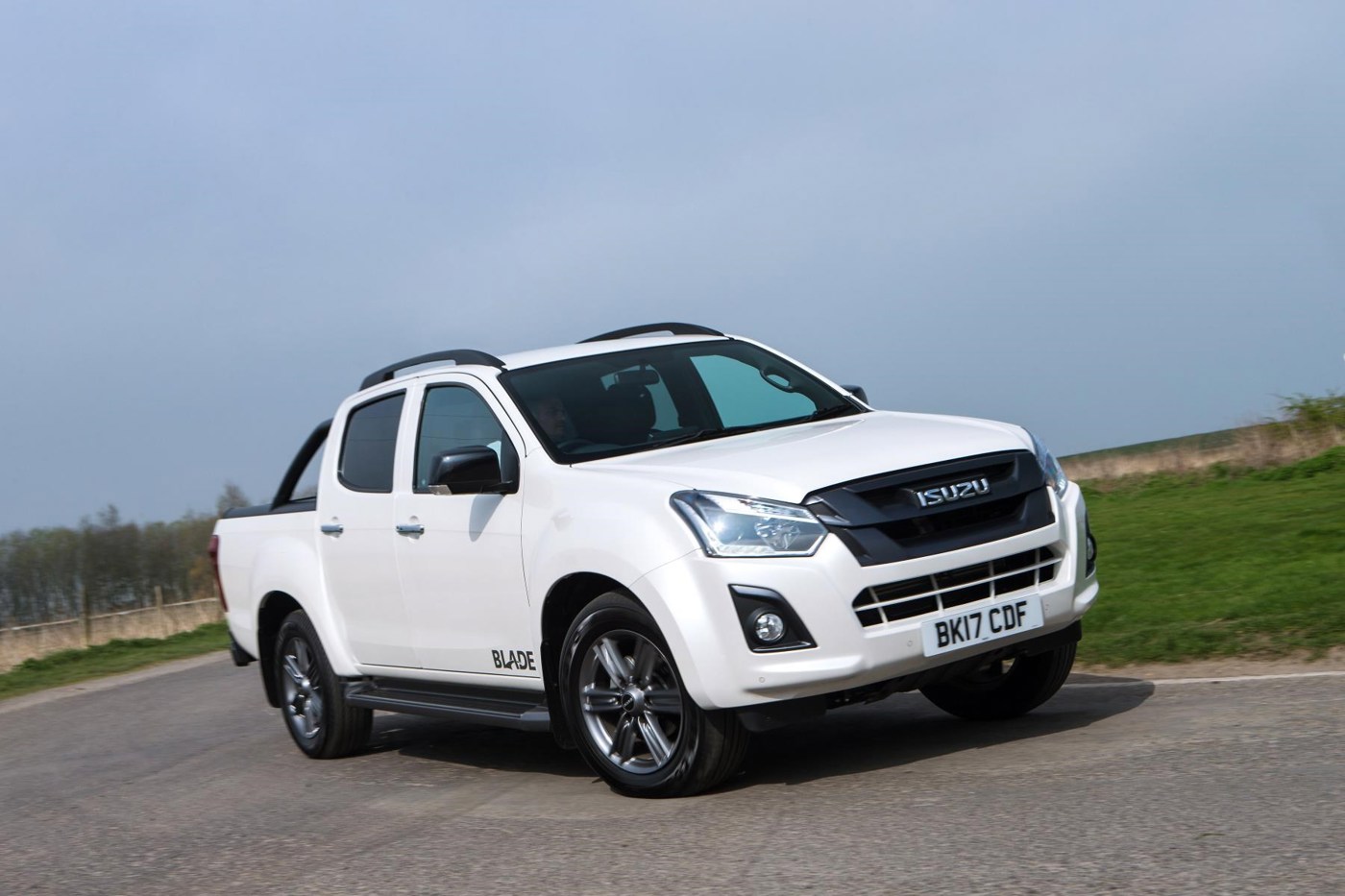
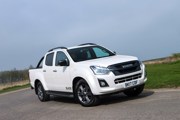
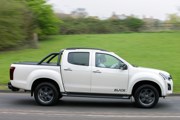
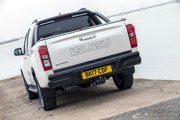
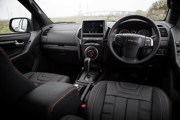
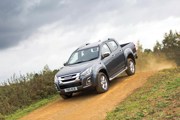
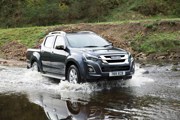


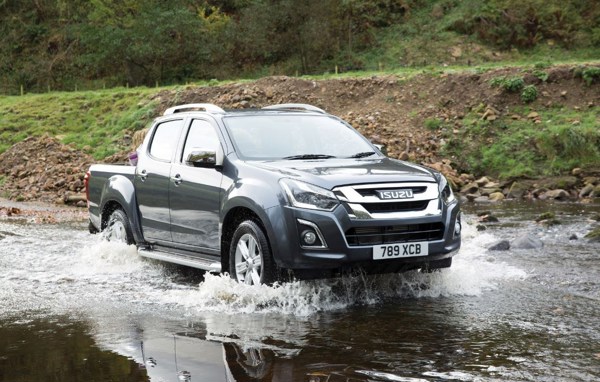
 Diesel
Diesel












